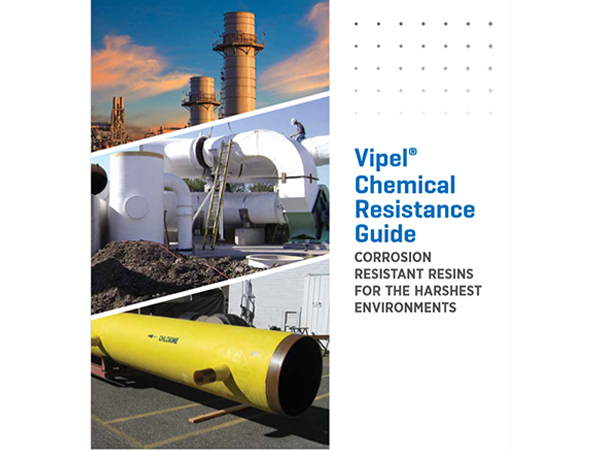
-
 Afrikaans
Afrikaans -
 Albanian
Albanian -
 Amharic
Amharic -
 Arabic
Arabic -
 Armenian
Armenian -
 Azerbaijani
Azerbaijani -
 Basque
Basque -
 Belarusian
Belarusian -
 Bengali
Bengali -
 Bosnian
Bosnian -
 Bulgarian
Bulgarian -
 Catalan
Catalan -
 Cebuano
Cebuano -
 China
China -
 China (Taiwan)
China (Taiwan) -
 Corsican
Corsican -
 Croatian
Croatian -
 Czech
Czech -
 Danish
Danish -
 Dutch
Dutch -
 English
English -
 Esperanto
Esperanto -
 Estonian
Estonian -
 Finnish
Finnish -
 French
French -
 Frisian
Frisian -
 Galician
Galician -
 Georgian
Georgian -
 German
German -
 Greek
Greek -
 Gujarati
Gujarati -
 Haitian Creole
Haitian Creole -
 hausa
hausa -
 hawaiian
hawaiian -
 Hebrew
Hebrew -
 Hindi
Hindi -
 Miao
Miao -
 Hungarian
Hungarian -
 Icelandic
Icelandic -
 igbo
igbo -
 Indonesian
Indonesian -
 irish
irish -
 Italian
Italian -
 Japanese
Japanese -
 Javanese
Javanese -
 Kannada
Kannada -
 kazakh
kazakh -
 Khmer
Khmer -
 Rwandese
Rwandese -
 Korean
Korean -
 Kurdish
Kurdish -
 Kyrgyz
Kyrgyz -
 Lao
Lao -
 Latin
Latin -
 Latvian
Latvian -
 Lithuanian
Lithuanian -
 Luxembourgish
Luxembourgish -
 Macedonian
Macedonian -
 Malgashi
Malgashi -
 Malay
Malay -
 Malayalam
Malayalam -
 Maltese
Maltese -
 Maori
Maori -
 Marathi
Marathi -
 Mongolian
Mongolian -
 Myanmar
Myanmar -
 Nepali
Nepali -
 Norwegian
Norwegian -
 Norwegian
Norwegian -
 Occitan
Occitan -
 Pashto
Pashto -
 Persian
Persian -
 Polish
Polish -
 Portuguese
Portuguese -
 Punjabi
Punjabi -
 Romanian
Romanian -
 Russian
Russian -
 Samoan
Samoan -
 Scottish Gaelic
Scottish Gaelic -
 Serbian
Serbian -
 Sesotho
Sesotho -
 Shona
Shona -
 Sindhi
Sindhi -
 Sinhala
Sinhala -
 Slovak
Slovak -
 Slovenian
Slovenian -
 Somali
Somali -
 Spanish
Spanish -
 Sundanese
Sundanese -
 Swahili
Swahili -
 Swedish
Swedish -
 Tagalog
Tagalog -
 Tajik
Tajik -
 Tamil
Tamil -
 Tatar
Tatar -
 Telugu
Telugu -
 Thai
Thai -
 Turkish
Turkish -
 Turkmen
Turkmen -
 Ukrainian
Ukrainian -
 Urdu
Urdu -
 Uighur
Uighur -
 Uzbek
Uzbek -
 Vietnamese
Vietnamese -
 Welsh
Welsh -
 Bantu
Bantu -
 Yiddish
Yiddish -
 Yoruba
Yoruba -
 Zulu
Zulu
grp dual lamination product
The Advantages of GRP Dual Lamination Products
In recent years, the demand for advanced materials in various industries has surged. One such innovative material gaining traction is the Glass Reinforced Plastic (GRP) dual lamination product. This cutting-edge technology combines the durability and lightweight properties of GRP with the enhanced performance characteristics provided by dual lamination. This article explores the benefits, applications, and production techniques of GRP dual lamination products.
What is GRP Dual Lamination?
GRP, known for its high strength-to-weight ratio, is a composite material that consists of a polymer matrix reinforced with glass fibers. The dual lamination process involves applying two layers of GRP, which are then bonded to provide a significantly enhanced structural integrity. This innovation not only maximizes the inherent advantages of GRP but also introduces additional benefits, making the material suitable for a wide range of engineering applications.
Benefits of GRP Dual Lamination Products
1. Enhanced Strength and Durability The primary advantage of dual lamination is the added strength it provides. The combined layers of GRP can withstand greater loads and stresses compared to single-layer products. This makes them highly reliable for applications in construction, automotive, and aerospace industries where safety is paramount.
2. Corrosion Resistance GRP is known for its excellent resistance to corrosion, making it an ideal choice for environments exposed to harsh chemicals or environmental conditions. The dual lamination process boosts this property, ensuring a longer lifespan for products such as tanks, pipes, and chemical storage containers.
grp dual lamination product

3. Lightweight Construction Despite its exceptional strength, GRP remains lightweight compared to traditional materials like metal. This characteristic is particularly beneficial in industries such as transportation, where reducing weight can lead to improvements in fuel efficiency and performance.
4. Customization and Versatility GRP dual lamination products can be tailor-made to meet specific requirements, including varying thicknesses, colors, and surface finishes. This versatility allows manufacturers to cater to diverse industries, from marine applications to building constructions.
5. Cost-Effectiveness While the initial investment in dual lamination technology may be higher, the long-term benefits often outweigh these costs. The durability, reduced maintenance needs, and longevity of the products result in significant savings over time.
Applications of GRP Dual Lamination Products
The versatility of GRP dual lamination products allows for their use in various applications. In the construction industry, they are used for cladding, roofing systems, and structural components. Their lightweight nature makes them ideal for bridges and walkways, where reducing weight is crucial. In the automotive sector, GRP composites are increasingly being used in body panels and structural elements, contributing to fuel efficiency and design flexibility. Furthermore, the oil and gas sector utilizes these products for pipework and storage tanks due to their corrosion resistance.
Conclusion
In summary, GRP dual lamination products represent a significant advancement in material technology, combining the best attributes of glass reinforced plastic with innovative lamination techniques. Their enhanced strength, durability, and versatility differentiate them from traditional materials, making them a preferred choice across various industries. As technology continues to evolve, the applications of GRP dual lamination will undoubtedly expand, paving the way for even more innovative solutions.









